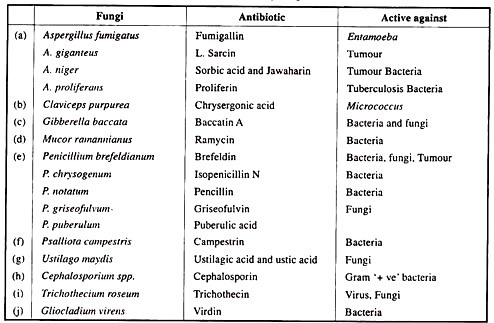Plastids are cytoplasmic organelles which contain DNA and duplicate themselves independently of nuclear genes, and are distributed more or less equally to daughter cells during mitosis. While studying leaf pigmentation in Mirabilis jalapa (four O’clock plant), Correns (1909) found for the first time that plastids could be transmitted to the offspring through the egg cytoplasm.
In a variegated strain of Mirabilis the cytoplasm of the zygote contains both green and colourless plastids. During cell division in the zygote to form embryo, these plastids are unequally distributed. Such an embryo on germination produces a variegated plant with three types of branches—those bearing green foliage, colourless foliage and variegated (mixture of green and white) foliage.
No matter what the colour of the branch from which the pollen is used for fertilisation, it was found that seeds produced by green branches gave rise only to green plants; and seeds from colourless branches produced colourless seedlings which did not survive due to lack of chlorophyll. But seeds from the variegated branch could produce three types of progeny: plants with green, colourless or variegated branches.
This is because the egg cell of a variegated plant will have both kinds of plastids—green as well as white. At the time of cell division some cells will receive only green plastids, some only white, and others will receive both green and white plastids. Likewise the progeny of such a branch could be green, white or variegated (Fig. 9.2).
All the progeny inherit maternal characteristics of foliage through egg cytoplasm.
